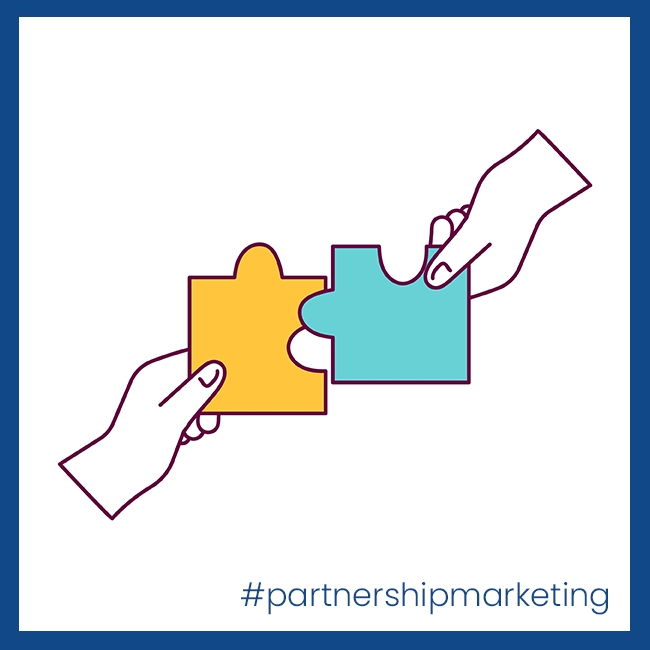In the dynamic landscape of marketing, few strategies stand out as prominently as bandwagon advertising, consistently drawing attention for its remarkable effectiveness. At its core, this approach capitalizes on the well-documented psychological phenomenon known as the bandwagon effect, which elucidates how individuals tend to be swayed by the actions and beliefs of their peers. By deftly harnessing the power of social proof, bandwagon advertising seeks to sway consumers into aligning themselves with the prevailing ‘bandwagon’ of a specific product or service, solely because it seems to be the popular choice among others.
This marketing technique operates on the fundamental principle that human beings are inherently social creatures, wired to seek validation and acceptance from their social circles. As such, when individuals observe a significant number of their peers gravitating towards a particular product or service, they are naturally inclined to follow suit, assuming that the collective wisdom of the crowd must signify the superiority or desirability of the offering. In essence, bandwagon advertising taps into this innate human tendency, skillfully leveraging it to influence consumer behavior and drive sales.
Bandwagon advertising is a marketing technique that taps into the human desire to conform and belong. It operates on the premise that if a product or service is popular among others, it must be desirable and worth purchasing. This form of advertising often features slogans or imagery that suggests widespread adoption or social acceptance, enticing consumers to jump on the bandwagon and align themselves with the prevailing trend.
How Does Bandwagon Advertising Work?
Bandwagon advertising operates as a masterful orchestration of social validation and FOMO (Fear of Missing Out), strategically designed to captivate consumers’ attention and drive them towards action. By ingeniously crafting messaging and imagery, advertisers deftly convey the impression that the product or service in question enjoys widespread acceptance and endorsement. Through compelling narratives and visuals, they paint a vivid picture of a world where everyone is eagerly embracing the offering, implying that those who have yet to join are somehow missing out on an extraordinary and coveted experience.
Ways to Use Bandwagon Advertising
There are several effective strategies to incorporate bandwagon advertising into marketing campaigns:
Highlighting Popularity: Showcase testimonials, user reviews, or statistics that demonstrate widespread adoption of the product or service. This not only builds credibility but also instills confidence in potential customers, reinforcing the desirability of the offering.
Creating a Sense of Urgency: Use phrases like “Join the millions who have already…” to instill a fear of being left behind. This tactic leverages the bandwagon effect by making consumers feel compelled to act quickly, emphasizing the importance of immediate action to avoid missing out on the perceived benefits.
Celebrity Endorsements: Utilize endorsements from influencers or celebrities to reinforce the idea that the product is favored by the elite or trendsetters. This association can enhance brand perception and appeal to a broader audience, leveraging the influencer’s credibility and social status to validate the product’s value.
Limited-Time Offers: Offer exclusive deals or limited-time promotions to encourage consumers to act quickly and join the bandwagon before it’s too late. This creates a sense of scarcity and urgency, motivating consumers to make a purchase decision sooner rather than later, emphasizing the unique opportunity and encouraging immediate action.
Also read: How to Elevate Consumer Engagement and Drive Sales with Content Commerce
Advantages of Bandwagon Advertising
Social Proof: Builds credibility and trust by demonstrating that others endorse the product. This can significantly influence consumer perceptions and increase purchase intent, fostering a sense of reassurance and confidence in the brand.
Increased Sales: Encourages impulse purchases and drives sales through the fear of missing out. By leveraging the bandwagon effect, brands can capitalize on consumer psychology to boost revenue, emphasizing the urgency and importance of acting swiftly to secure the benefits.
Brand Awareness: Generates buzz and increases brand visibility through word-of-mouth and social sharing. When consumers see others endorsing a product, they are more likely to become familiar with the brand and consider it in their purchasing decisions, enhancing brand recognition and recall.
Disadvantages of Bandwagon Advertising
Lack of Authenticity: Can come across as insincere or manipulative if not executed carefully. Consumers may perceive bandwagon advertising as opportunistic or disingenuous, leading to skepticism or backlash, highlighting the importance of maintaining transparency and authenticity in marketing communications.
Short-Term Impact: Bandwagon effects may fade over time, requiring constant reinforcement to maintain momentum. Brands must continuously adapt their marketing strategies to sustain consumer interest and engagement, emphasizing the importance of ongoing innovation and adaptation in response to changing consumer preferences and market dynamics.
Also read: 2024 Game Plan for Maximizing Performance Marketing and Accelerating Sales
Bandwagon advertising is a potent tool for leveraging social proof in marketing campaigns. By capitalizing on the human desire to belong and conform, brands can influence consumer behavior and drive sales. However, it’s essential to strike the right balance between persuasion and authenticity to ensure long-term success. With careful planning and execution, bandwagon advertising can be a valuable addition to any marketer’s toolkit, fostering brand loyalty and sustainable growth.









